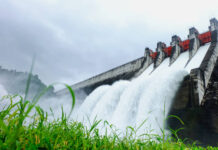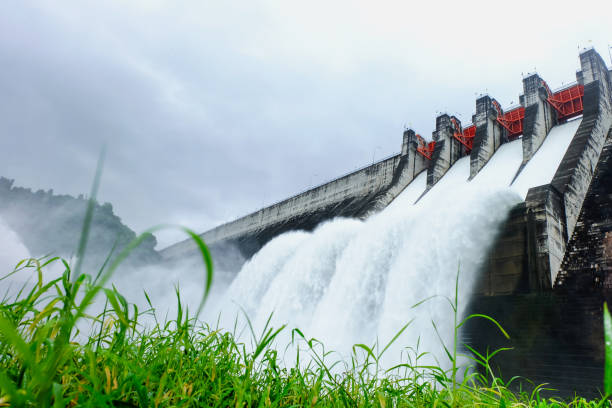ISLAMABAD: The Indus River System Authority (IRSA) has approved an overall 8 percent water shortage for the Rabi 2025-26 season, the lowest in the past decade, following significant inflows and near-record storage levels in the aftermath of recent widespread flooding across major parts of the country.
The decision was taken during a meeting of the IRSA Advisory Committee (IAC) held at the Authority’s headquarters under the chairmanship of Sahibzada Muhammad Shabir. The meeting was attended by IRSA Members, the Chief Engineering Advisor from the Ministry of Water Resources, senior officials from WAPDA, and secretaries of the provincial irrigation departments of Punjab and Sindh.
The committee reviewed the water situation during Kharif 2025 and noted that the season was marked by heavy monsoon rains and extensive flooding, particularly in the eastern and western river systems. The high volume of rainfall led to better-than-expected river inflows, helping IRSA fill almost all reservoirs to their maximum storage capacity by the end of September.
According to the official data, actual inflows during Kharif reached 122.364 million acre-feet (MAF), surpassing projections by 18 percent, the 10-year average by 19 percent, and last year’s inflows by 14 percent. Despite higher allocations and indents, provinces utilized only 62.394 MAF, as abundant rainfall reduced their dependence on irrigation water releases.
By September 30, 2025, total storage in the reservoirs had reached 13.214 MAF, which represents 99 percent of the maximum capacity. This strong storage position allowed the Authority to finalize a favorable water distribution plan for the Rabi 2025-26 season.
The IAC approved anticipated rim-station inflows of 22.016 MAF and an overall system shortage of just 8 percent—significantly below the post-IRSA average of 18 percent. Total provincial withdrawals for the upcoming Rabi season were set at 33.814 MAF, higher than both the 10-year average of 28.870 MAF and last year’s withdrawals of 29.427 MAF.
The total anticipated provincial withdrawals for the upcoming season were fixed at 33.814 million acre-feet, higher than both the ten-year average of 28.870 million acre-feet and last year’s level of 29.427 million acre-feet.
Punjab’s allocation has been set at 18.207 million acre-feet, compared to last year’s 15.561 million acre-feet, while Sindh will receive 13.734 million acre-feet, up from 12.154 million acre-feet. Khyber Pakhtunkhwa, under the Chashma Right Bank Canal system, will receive 0.701 million acre-feet against 0.668 million acre-feet last year, and Balochistan’s share has been increased to 1.171 million acre-feet from 1.044 million acre-feet.
Officials said the improved water outlook will provide timely support for winter crops, particularly wheat, and ensure a stable irrigation supply to all provinces during the Rabi season. They added that the floods, despite causing widespread damage to infrastructure and farmland, have substantially replenished water resources and boosted reservoir levels, easing concerns over irrigation shortages.
IRSA emphasized the importance of continued coordination among federal and provincial irrigation authorities to manage the post-flood water flows efficiently and maintain equitable distribution across the country. The Authority also noted that the current season’s strong water availability provides an opportunity to strengthen resilience in the agricultural sector, which has been heavily impacted by flood-related disruptions.
























